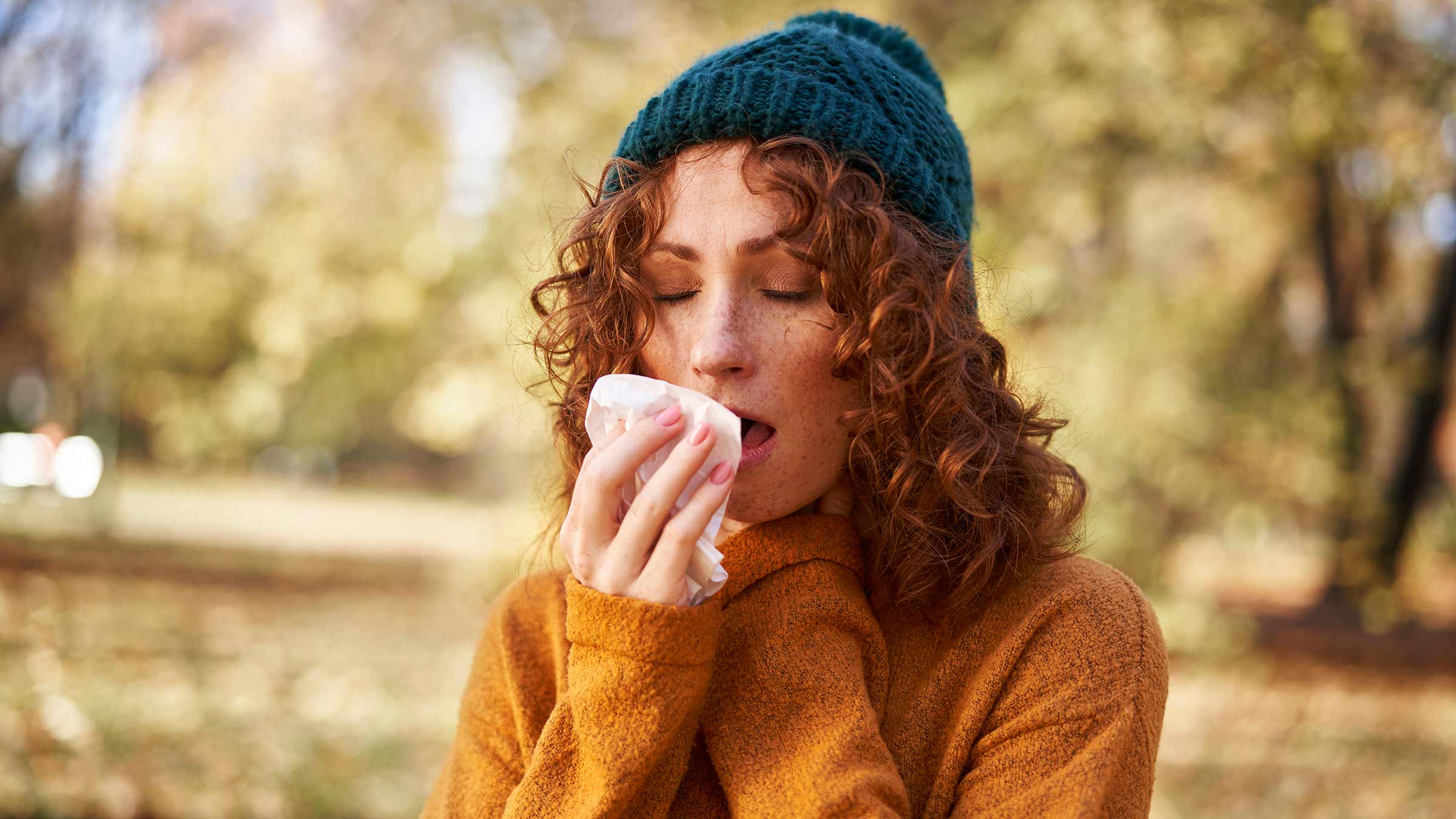
Tiny pieces of plastic, many hardly visible, are sometimes in the air we breathe, the food we eat and in what we drink.
These particles get into the air by being released from all types of plastic, including food containers, plastic bags and water bottles. The plastic fragments can be as narrow as a human hair or as wide as the width of a wedding band.
They’re called microplastics.
It’s unclear whether microplastics harm our health. That’s still being studied. However, there’s a lot of research showing associations between high exposure to microplastics and cardiac and lung diseases as well as other illnesses.
How we’re exposed to microplastics
We can eat or drink microplastics in various ways, including through:
- Plastic water bottles: They’re some of the highest sources of microplastic. Even water bottles that are BPA-free can contain other plastic substances or heavy metals that, when exposed to UV rays or heat, can break down and enter the water in the bottle.
- Nonstick frying pans: As they wear out, the plastic in the coating chips off and can get into the food cooked in the pan.
- Reheating a meal in a plastic container: Restaurant take-out containers, for example, can release plastic if they’re put in the microwave to heat up the food.
- Fresh fruit: If fruit is sold in plastic containers that were exposed to UV rays or heat, that can break down the plastic, leading some of it to get into the fruit. Fruit can also absorb plastic as it grows through the fertilizers in soil that contain plastic.
It’s good to be aware of how much plastic packaging we have in our daily lives. You’d be surprised to find out how much plastic you’re exposed to every day. The problem is that those microplastics contain materials that have been linked to health risks.
The chemicals that microplastics can contain
Certain substances can be released by common microplastics.
BPA, which stands for bisphenol A, is an industrial chemical that research has shown can alter fertility and fetal development. It can mimic and disrupt the body’s natural hormones.
Phthalates are a group of chemicals added to plastics to make them more flexible and durable. Phthalates can be found in some cosmetics such as nail polish, perfumes and some shampoo. They can change hormone functioning and increase a person’s risk of cancer.
Heavy metals include lead, cadmium and chromium, which are known to remain in many organs for a long time and can lead to heart disease.
How to remove microplastics from our body
Some of the microplastics we consume leave our body when we use the bathroom. The problem is that we can’t excrete all of it. Tiny pieces of plastic can enter the bloodstream and even organs and remain there for years.
However, there are steps you can take to keep microplastics out of your body and get rid of as much microplastic from your body as possible.
- Probiotics help your gut process and remove waste including microplastics.
- Exercise will help promote elimination through sweating and regular bowel movements.
- Vitamins C and E are antioxidants that can help counter the negative effects of microplastics.
- Filtered water helps your body flush out microplastics.
- High-fiber diets help your body get rid of plastic in your waste by promoting bowel movements.
How to reduce the amount of microplastics that enter your body
Don’t use plastic water bottles: Use aluminum or steel bottles and choose filtered tap water whenever possible
Avoid heating your food in plastic.
Choose pots and pans carefully; stainless steel or cast iron are best.
Use a HEPA filter in your vacuum to remove plastic in the air inside your home.
Whenever possible, try not to use plastic.
We’ve been exposed to microplastics for a very long time. It’s important to understand, through research, if those microplastics lead to health problems. In the meantime, try to reduce the amount of plastic you use.






